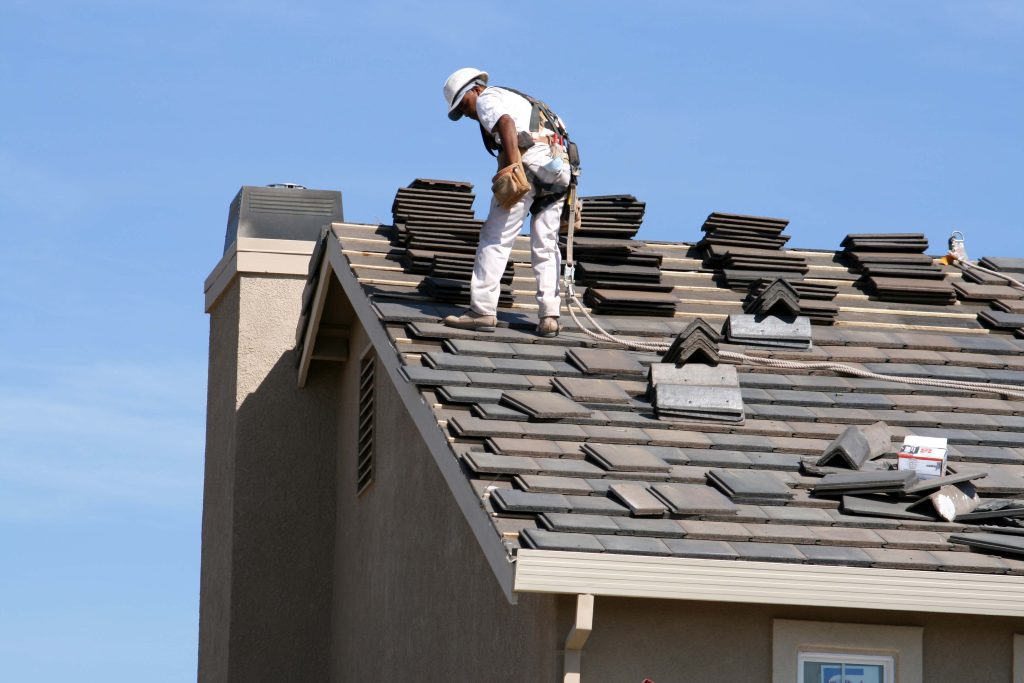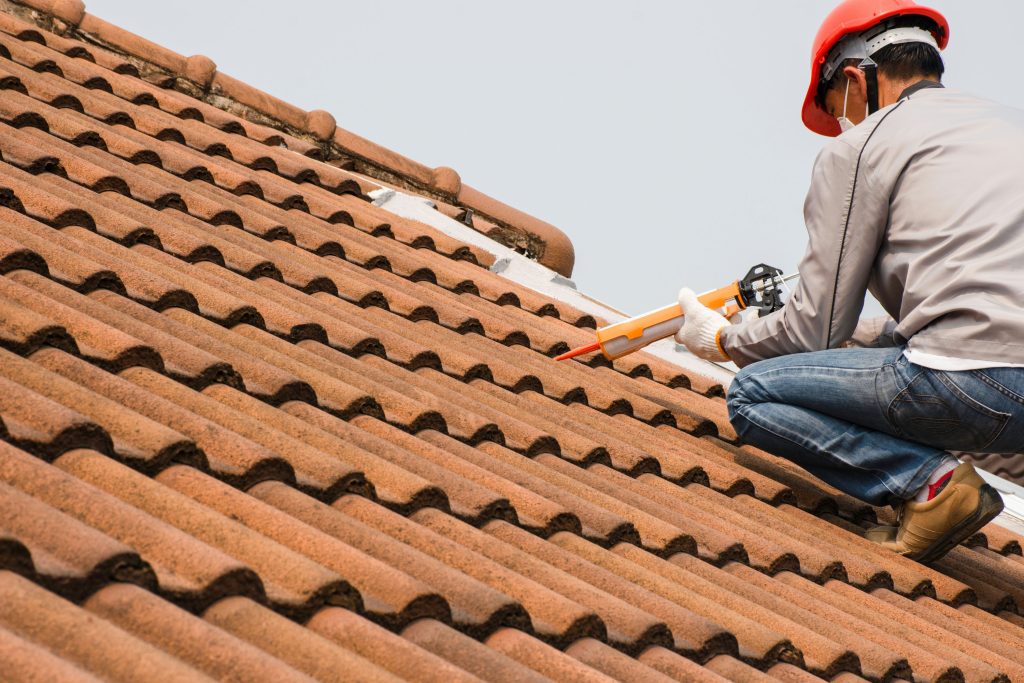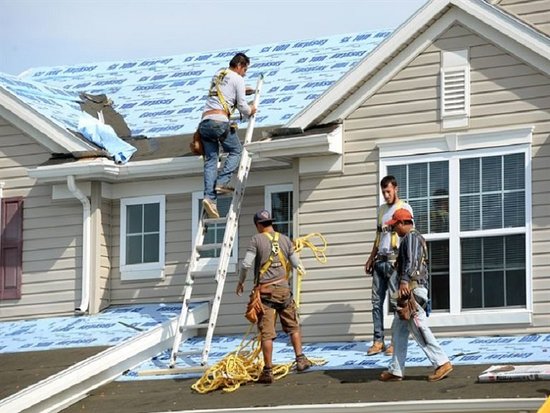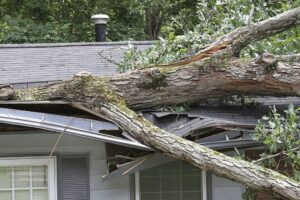Your residential roof is one of the most critical elements of your home—it protects you and your loved ones from the elements and helps regulate indoor temperatures. Yet, despite its importance, many homeowners unintentionally neglect proper roof maintenance. Ignoring your roof until a problem arises can result in costly repairs and even complete replacements. The good news is that by avoiding some of the most common roofing maintenance mistakes, you can extend the life of your residential roof and save thousands of dollars in the long run.

In this blog, we’ll explore the most frequent roofing maintenance errors homeowners make, why they happen, and what you can do to keep your roof in peak condition year-round.
1. Neglecting Regular Roof Inspections
One of the biggest mistakes homeowners make is failing to conduct regular roof inspections. It’s easy to overlook the roof when there are no visible problems, but small issues can quickly escalate into serious damage if left unaddressed.
Why it’s a problem:
Tiny cracks, loose shingles, or minor leaks may not seem urgent, but they can lead to water infiltration, mold growth, and structural damage over time.
What to do instead:
Schedule a professional inspection at least twice a year—ideally in the spring and fall. Also, inspect your roof after major storms to check for visible damage.
2. DIY Repairs Without Proper Knowledge
With the abundance of online tutorials, many homeowners are tempted to tackle roofing repairs themselves. While it may save money upfront, DIY roofing often leads to more harm than good.
Why it’s a problem:
Roofing systems are complex, and improper repairs can void warranties, compromise safety, and cause long-term damage.
What to do instead:
Hire licensed professionals who have experience working with various roofing systems. They have the tools and expertise to assess and fix issues safely and effectively.
3. Ignoring Gutter Maintenance
Gutters are an essential part of your roofing system, directing water away from your home. Yet, many homeowners overlook them during regular maintenance.
Why it’s a problem:
Clogged gutters can cause water to back up onto the roof, leading to water damage, mold, and even foundation problems.
What to do instead:
Clean your gutters at least twice a year and more frequently if you have overhanging trees. Consider installing gutter guards to prevent debris buildup.
4. Walking on the Roof
Walking on your roof to perform inspections or clean debris might seem practical, but it’s a risky move that can lead to both personal injury and roof damage.
Why it’s a problem:
Foot traffic can loosen or break shingles, damage flashing, and cause dents in roofing materials. Plus, it’s dangerous without proper safety equipment.
What to do instead:
Use binoculars to inspect from the ground or hire professionals to conduct any roof-based work.
5. Failing to Trim Overhanging Branches
Trees add curb appeal and shade, but overhanging branches pose a threat to your roof.
Why it’s a problem:
Branches can scrape against shingles, dislodge materials during storms, or fall and cause significant damage. Leaves can also clog gutters and trap moisture on the roof surface.

What to do instead:
Regularly trim back branches so they are at least 6–10 feet away from the roof. This reduces the risk of damage and minimizes debris accumulation.
6. Delaying Minor Repairs
It’s common for homeowners to postpone minor repairs, thinking the problem is too small to worry about. This is a costly misconception.
Why it’s a problem:
What starts as a small leak can evolve into severe water damage, mold growth, and even structural rot if left untreated.
What to do instead:
Fix problems promptly. Addressing minor issues early can save you a lot of money and prevent emergency repairs.
7. Improper Roof Ventilation
Ventilation might not be the first thing that comes to mind when thinking about your roof, but it plays a vital role in maintaining the entire roofing system.
Why it’s a problem:
Poor ventilation can lead to moisture buildup in the attic, ice dam formation in winter, and increased energy bills due to temperature regulation issues.
What to do instead:
Ensure your attic has proper intake and exhaust vents to allow air circulation. A roofing professional can evaluate and improve your ventilation system.
8. Using a Power Washer to Clean the Roof
Some homeowners use high-pressure washers to clean moss, algae, or dirt from the roof. While it may seem effective, this technique is more damaging than beneficial.
Why it’s a problem:
Power washing can strip away the granules that protect shingles, weaken the roofing material, and push water under the shingles.
What to do instead:
Use a soft-bristle brush and a roof-safe cleaning solution. Or better yet, hire a roof cleaning professional who uses gentle techniques.
9. Overlooking Roof Flashing
Flashing is the thin metal material installed around vents, chimneys, and valleys to prevent water infiltration. Unfortunately, it’s often ignored during maintenance.
Why it’s a problem:
Damaged or missing flashing can cause leaks, particularly in high-risk areas like chimneys and skylights.
What to do instead:
Include flashing inspection in your maintenance routine. Look for signs of rust, separation, or loosened sealants.
10. Not Checking for Moss and Algae Growth
Moss and algae may look harmless—or even charming—but they can severely impact your roof’s integrity.
Why it’s a problem:
Moss retains moisture, which can weaken shingles and promote rot. Algae can cause streaks and deteriorate roofing materials.

What to do instead:
Apply a zinc or copper-based treatment designed for roofs, and remove existing growth carefully. Also, improve sunlight exposure and airflow to discourage growth.
11. Hiring Unqualified Contractors
Choosing the cheapest roofing contractor or hiring without research can be a costly mistake.
Why it’s a problem:
Unlicensed or inexperienced contractors may perform substandard work, use low-quality materials, or void your warranty.
What to do instead:
Hire certified, insured, and experienced roofing contractors. Look for local businesses with strong reputations and check online reviews and references.
12. Skipping Documentation and Warranty Information
Many homeowners fail to keep a record of their roofing inspections, repairs, or warranties.
Why it’s a problem:
Without documentation, it’s hard to prove maintenance history, which can be important for insurance claims or warranty coverage.
What to do instead:
Keep a file of all roof-related work, including inspection reports, contractor details, repair receipts, and warranty documents.
Conclusion: Take a Proactive Approach to Roof Maintenance
Your roof is more than just shingles—it’s a system that protects your entire home. Avoiding these common roofing maintenance mistakes will help you safeguard your residential roof, enhance curb appeal, increase property value, and avoid costly repairs down the line.Being proactive, scheduling regular inspections, and partnering with a trusted roofing company ensures your roof remains in optimal condition for years to come. If you’re unsure where to start or need expert help with roof maintenance, repairs, or inspections, Atlas Roofing & Restoration is here for you. With years of experience in residential roofing and a reputation for excellence, we provide reliable, high-quality roofing services that protect your investment and give you peace of mind.




